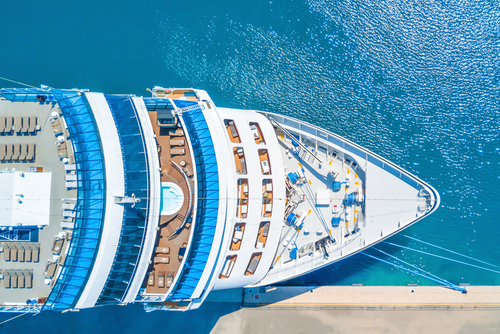Cruise Lines International Association (CLIA) shared new findings showcasing “cruise community’s resilience.” In addition, CLIA committed to pursue net-zero carbon cruising by 2050.
Highlights of the consumer research:
- Intent to cruise is rebounding, with 63% of cruisers or potential cruisers indicating they are ‘very likely’ or ‘likely’ to cruise in the next two years.
- 69% of respondents that have never cruised said they are open to cruise, exceeding pre-pandemic levels.
- Millennial cruisers are the most enthusiastic about taking another cruise, with 87% indicating they will take a cruise in the next few years, followed by Gen X at 85%.
In addition to CLIA’s announcements regarding net-zero carbon cruising by 2050, by 2035 all ships calling at ports where shoreside electricity (SSE) is available will be equipped to use SSE, allowing engines to be switched off and effectively eliminating carbon emissions while berthed at port.
Where shoreside power is not available, the ships will use available alternative low carbon technologies required by ports.
We are reducing the carbon footprint of our ships while at berth and at sea investing in advanced environmental technologies and partnering with cities and ports on sustainable destination management
said CLIA.
Recognising that shoreside power is only one pathway to decarbonisation, CLIA also shared that it will join the Global Maritime Forum Call to Action for Shipping Decarbonization to make zero emission vessels and fuels the default choice by 2030.
As the industry resumes operations, passenger volume is expected to recover and surpass 2019 levels by the end of 2023, with passenger volumes projected to recover 12% above pre-pandemic levels by the end of 2026
added Kelly Craighead, President and CEO, CLIA, mentioning that “cruising is accessible, responsible, and experiential … with the support of an incredibly resilient community, the future of the cruise industry is bright.”
































































